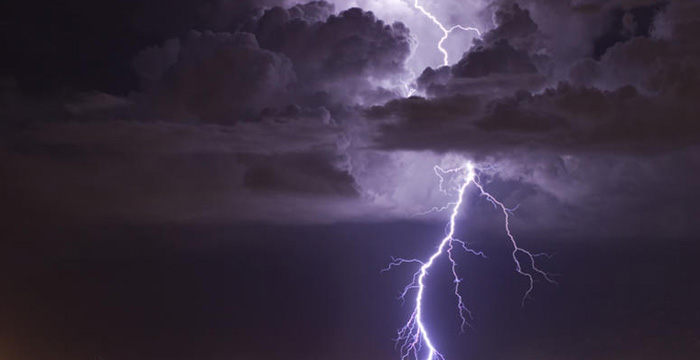The Hydrologic Forecast Centre of Manitoba Transportation and Infrastructure (MTI) is advising Manitobans to take precautions as portions of the province could get between 20 and 40 millimetres of precipitation in the next three days.
The heaviest amount of precipitation is likely to occur in parts of southwest Manitoba, the Interlake region and northern Manitoba. A thunderstorm could develop in these areas bringing heavy amounts of precipitation in short duration. Excessive precipitation in short duration could create high surface run-off and overland flooding.
Environment Canada has issued severe thunderstorm watch for the areas of southeastern Saskatchewan and southwestern Manitoba. Conditions are favourable for the development of severe thunderstorms that may be capable of producing strong wind gusts, large hail and heavy rain. These thunderstorms will push east through the afternoon and evening and may be severe, bringing strong winds, large hail and heavy rain, with the possibility of an isolated tornado. Large hail can damage property and cause injury. Strong wind gusts can toss loose objects, damage weak buildings, break branches off trees and overturn large vehicles. Heavy downpours can cause flash floods and water pooling on roads.
Manitoba Transportation and Infrastructure continues to monitor highway conditions and motorists are reminded to adjust driving habits for road conditions and remain alert when approaching construction zones. Manitobans with travel plans are advised to travel only when necessary or wait until road conditions are safe to do so. Visibility may be suddenly reduced at times in heavy precipitation and surfaces such as highways, roads, walkways, trails and parking lots may become slippery or experience high water.
Power outages can occur during thunderstorms and Manitobans are encouraged to prepare basic emergency kits with drinking water, food, medicine, a first-aid kit and a flashlight. More information is available at gov.mb.ca.
The Manitoba Emergency Management Organization (EMO) continues to work with all local authorities and emergency management partners to provide guidance and support to prepare and respond to this weather system. This includes reviewing existing emergency plans, information sharing and preparing resources used in flood response. Additionally, Manitoba EMO continues to work with Indigenous Services Canada (ISC) and Municipal and Northern Relations to support First Nation and Northern Affairs communities’ flood response.
Road users are encouraged to check road conditions before travelling by calling Manitoba Highways at 511 or visiting manitoba511.ca. While 511 is updated regularly by the provincial road patrol, conditions can change in a matter of minutes.





